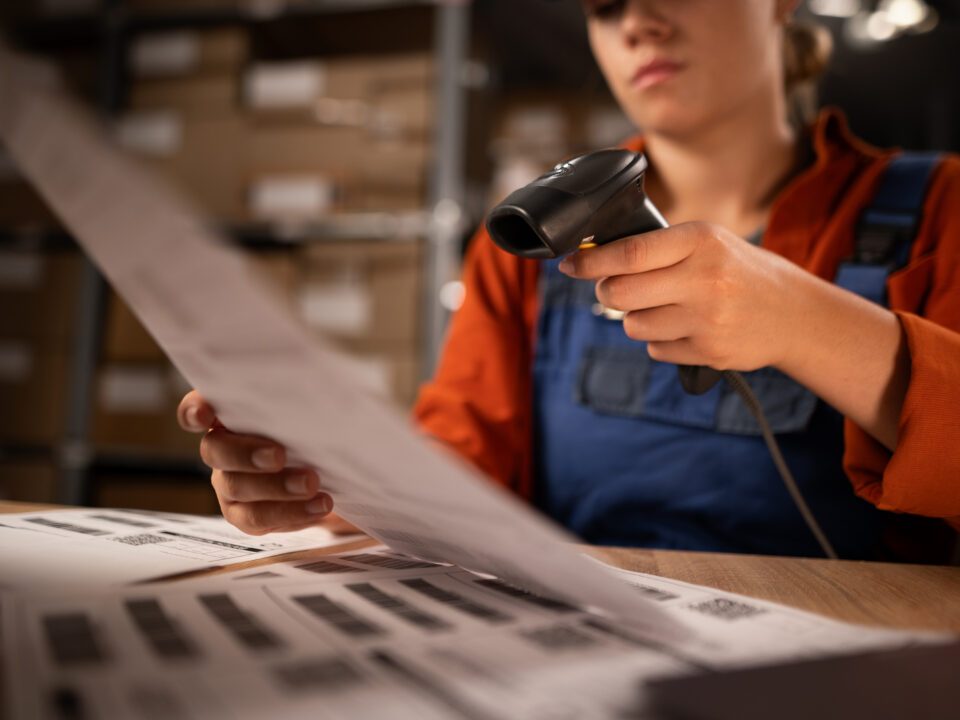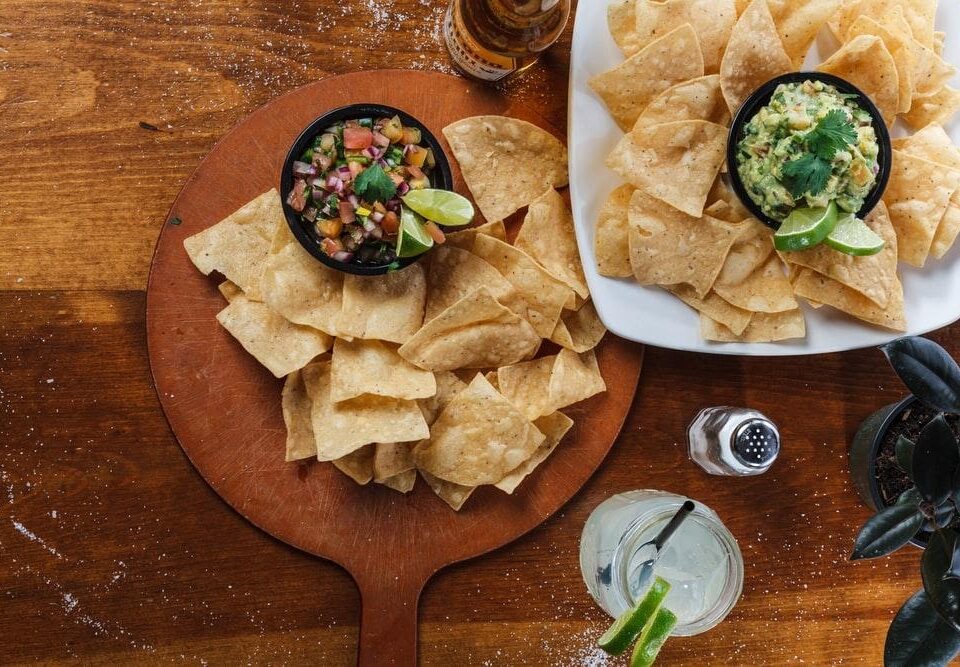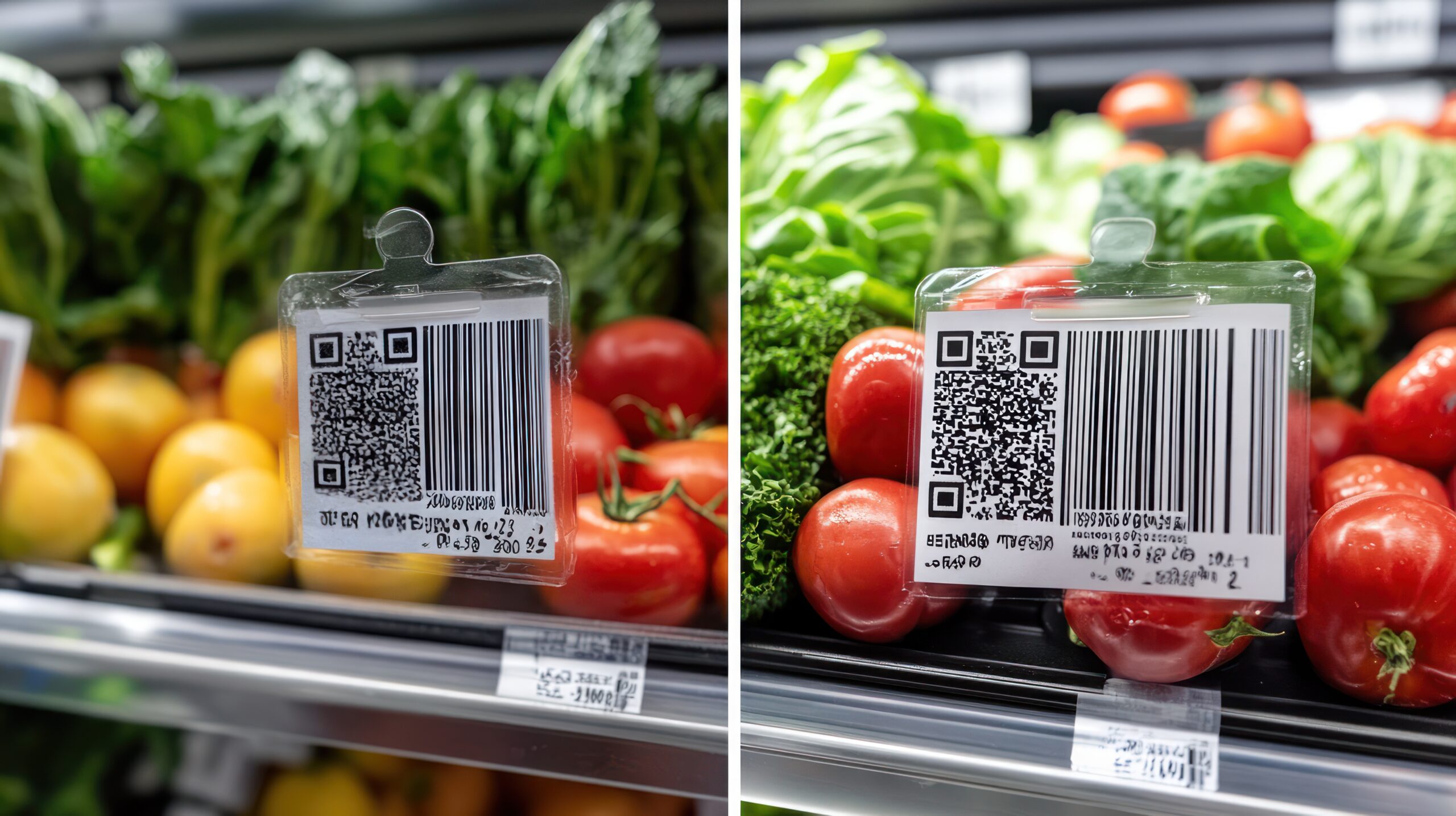
Food Labels in Europe: Quality Meets Marketing
September 23, 2025
Disinfection-The Backbone of Food Safety and Hygiene
October 14, 2025Even the best-run food or beverage business can at some point face a product recall. A recall may be triggered by contamination, undeclared allergens, mislabelling, poor storage, foreign object intrusion, or other safety failures. But the difference between a manageable recall and a catastrophic one lies largely in how well you’ve built your systems beforehand.
A recall is not just a “safety event” — it is a test of your systems, your reputation, and your resilience. In worst-cases, recalls can cost tens or hundreds of millions, destroy brands, or even put a company out of business.
So what should a food business consider from the very beginning to minimize both health risk and financial damage?
The Stakes: Food Loss, Recall Costs, and Brand Damage
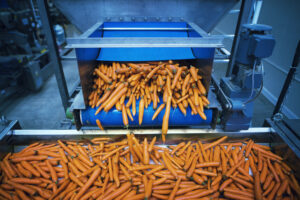
Before going into preventive strategies, it helps to see some of the numbers out there:
- The average direct cost of a food recall is often estimated around US$10 million— and that excludes brand damage, lost sales, litigation, or regulatory fines.
- The International Trade Centre reports that using traceability technologies may reduce the scope of a recall by 50–95%.
- In a simulation of a beef contamination scenario, absence of traceability led to recalls of far more product (and dramatically higher costs) compared to a well-traced chain.
- Over the period 2002–2023, 91% of food and beverage recalls in the U.S. were due to product contamination (biological, chemical, allergens, or foreign objects) while only 9% were due to processing issues.
- Poor visibility in complex supply chains causes companies to over-recall: they sometimes recall as much as 50% moreproduct than strictly needed just to be safe.
- In 2024, pathogens like Listeria, Salmonella, and E. coli drove a major share (≈ 39%) of food recalls; undeclared allergens were another big factor. FSNS
Taken together, these statistics show that without strong safety, traceability, labeling, and storage systems, losses from spoilage, over-recalls, and brand damage can quickly outweigh the cost of prevention.
Key Pillars for Recall Readiness & Loss Minimization

Here is a framework of what to design for, from early stages, to make any recall (if it happens) manageable and minimal.
- Design Traceability End-to-End (Farm to Fork)
- Use unique identifiers (lot codes, batch IDs, serials) at raw material stage, intermediate processing, packaging, and distribution.
- Leverage modern technologies such as 2D codes (QR, DataMatrix)and RFID to increase data density and speed. The blog “From Barcodes to Intelligence: Why 2D Codes and RFID Are Taking Over” describes how moving beyond 1D barcodes enables richer traceability and intelligent analytics. FSAgeorgia –
- Consider linking sensor data (e.g. temperature, humidity) to traceability entries — especially in cold chain operations.
- Ensure interoperability across your suppliers, processors, logistics, warehouses, and retailers — ideally via shared platforms or standards.
- Labeling, Product Information & Compliance
- Labels must be accurate, clear, and compliant (ingredient lists, allergens, nutritional info, production/expiry dates, handling instructions).
- Mislabeled or missing allergen declarations are a common trigger for recalls.
- Version control is vital — ensure updates to formulas, ingredients or instructions propagate correctly into labels, packaging, and systems.
- Incorporate serialization (unique ID per package) so you can trace individual units when needed.
- Continuous Improvement & Monitoring
- After any incident (even near-miss), conduct root cause analysis and update processes.
- Track metrics such as number of deviations, corrective actions, audit findings, supplier non-conformance rates.
- Monitor new technologies, regulations, and industry best practices and adapt accordingly.
- Maintain good record-keeping and data analytics capability — leveraging traceability data to spot trends and proactively mitigate risks.
How Altinteg Can Help Safely Minimize Risk & Loss
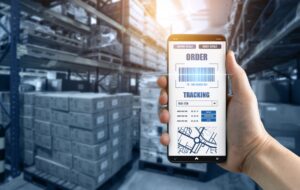
This is where Altinteg (or your company) can play a strategic role in implementing the above systems and providing ongoing support:
- Altinteg can integrate advanced traceabilitysolutions using 2D codes, QR, and RFID to move beyond traditional barcode systems, as highlighted in the FSA Georgia blog “From Barcodes to Intelligence.”
- The ability to embed intelligence in product identifiers (not just simple codes) allows for richer tracking, better analytics, and faster recall identification.
- Altinteg’s expertise in labeling, serialization, software implementation, and data architecture can help companies shortcut common mistakes and reduce implementation risk.
- With Altinteg as a partner, you can stay current on new traceability rules and standards, keeping your systems compliant and resilient.
In short, Altinteg doesn’t just supply codes and labels — it helps build an intelligent, safe, and responsive supply chain that reduces the chance of massive loss when unwanted events occur.
Conclusion

Goods recalls in food are more than occasional “bad luck” — they are predictable hazards in a complex supply chain. But by embedding robust traceability, quality systems, labeling discipline, storage controls, cross-partner coordination, and recall readiness from the start, you can reduce both the frequency and severity of recall events.
The statistics are clear: recalls without narrow traceability or good systems lead to massive losses and over-recalls. But with proper design, you can contain problems quickly, protect consumers, and limit your cost and brand damage.
Partnering with a solution-oriented firm like Altinteg, which understands advanced codes, sensor integration, and supply chain intelligence, gives you a stronger defense. Think of recall readiness not as a cost but as a critical insurance policy built into your operations.

